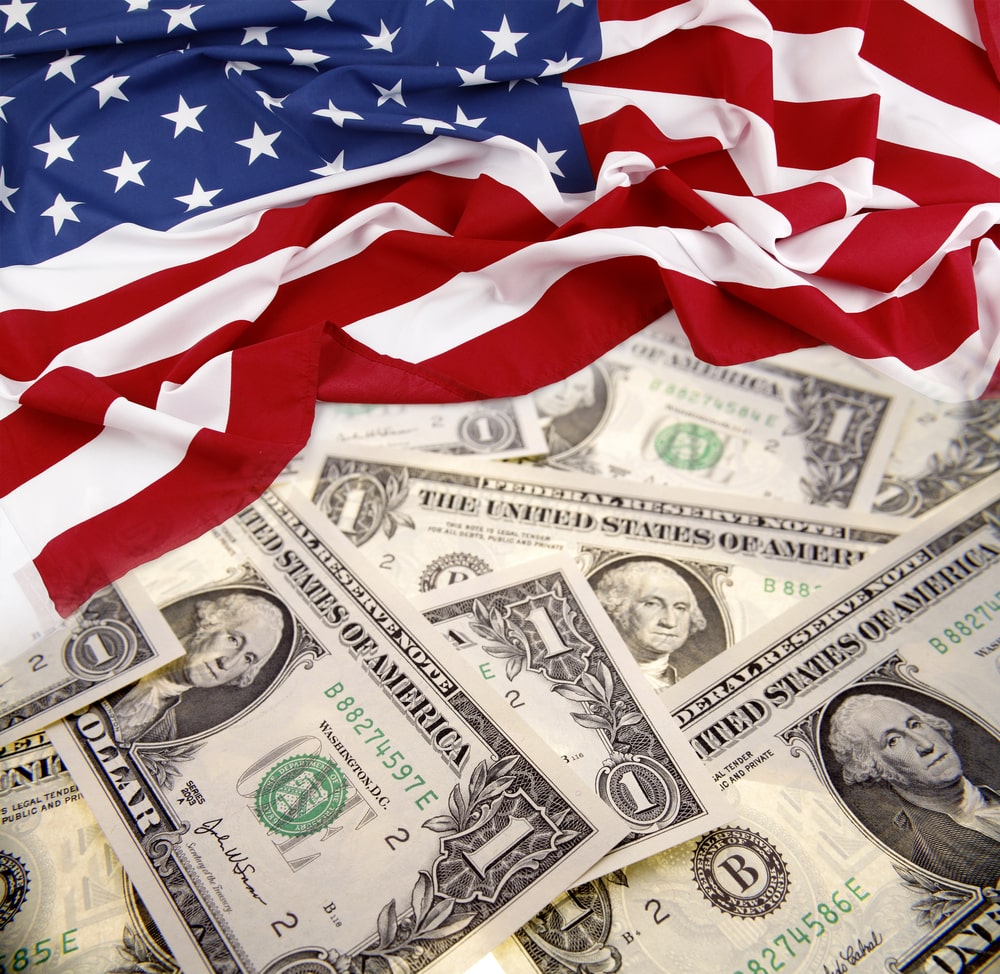

It is so tempting to think the dollar rally is over. It has bounced 5% since mid-July. The Fed seems to be wavering on future hikes, and investors returning from summer vacation feel like they have missed the move. But here are five reasons why dollar strength will likely continue, which could see the euro head to 1.05, or even parity, and USD/JPY reach 150 or higher.
It is so tempting to think the dollar rally is over. It has bounced 5% since mid-July. The Fed seems to be wavering on future hikes, and investors returning from summer vacation feel like they have missed the move. But here are five reasons why dollar strength will likely continue, which could see the euro head to 1.05, or even parity, and USD/JPY reach 150 or higher.
Subscribe to Macro Hive Professional to read this article
and enjoy exclusive professional features such as in-depth analysis, insightful op-eds, and more.
Already have Macro Hive Professional account? Log in
